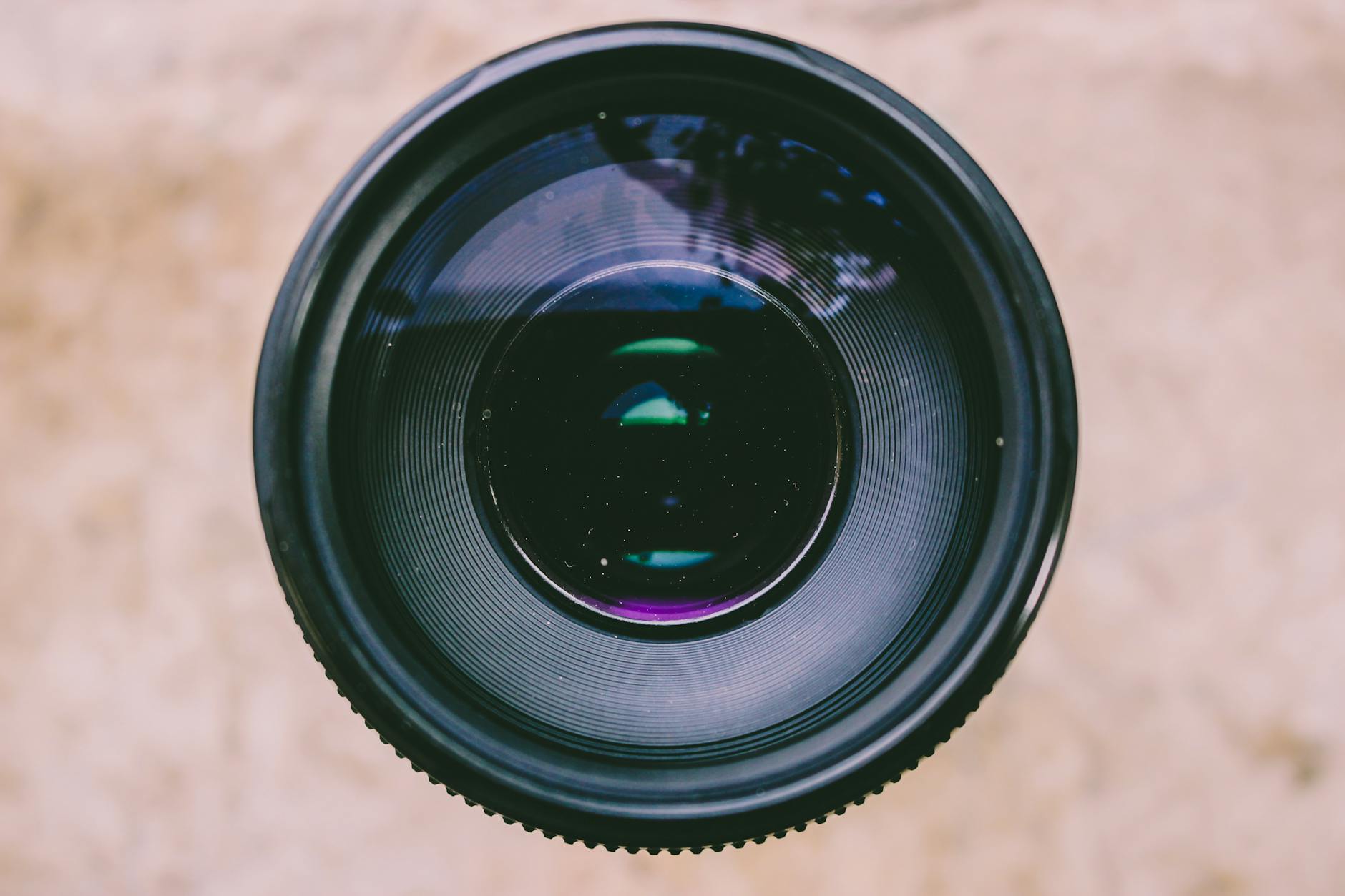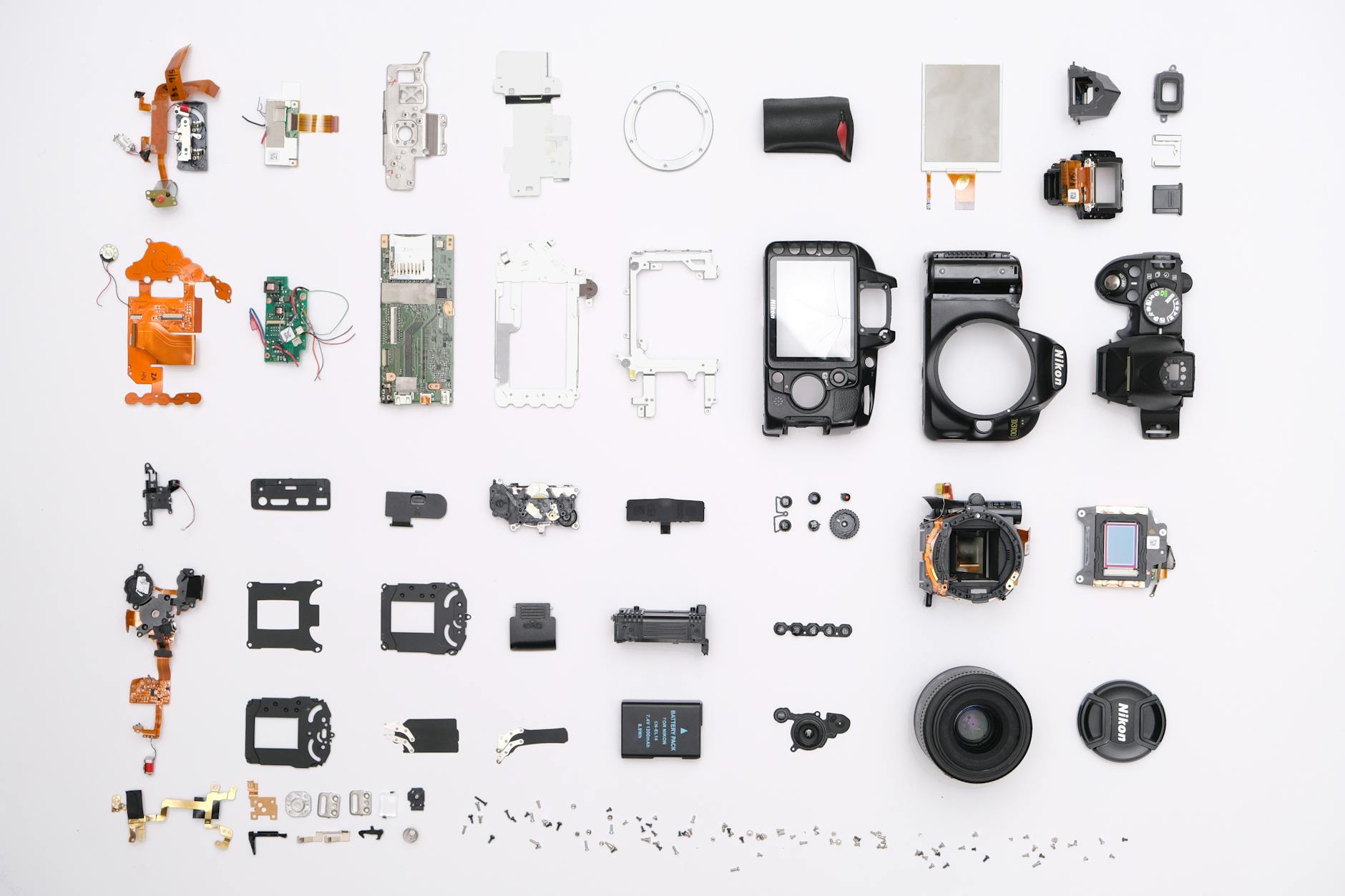Is Your Event Tech Setup in Australia Ready for the Next Big Challenge?

Preparing for Event Tech Upgrades
Identifying Your Classroom Needs
In the vibrant setting of Melbourne's Federation Square, we understand how vital it is to create an engaging learning environment. As a high school music teacher, pinpointing the right technology for your classroom can make all the difference. Start by assessing the current setup. Consider the specific needs of your students, whether it's enhancing sound quality with a recording microphone or accommodating students with hearing impairments through an induction loop system.
Researching Future-Proof Solutions
To stay ahead, options need to align with both your teaching goals and budget parameters. Think about investing in adaptable tech that evolves as educational needs change. For example, evaluating options that integrate simple upgrades over time can be advantageous. Look for versatile audio equipment that works seamlessly across various teaching formats.
Assessing User-Friendly Interfaces
Finding technology that is intuitive and easy to use is crucial. Devices with straightforward controls not only reduce the learning curve for you but also empower students to interact independently. Consider systems that offer clear instructions and simple operations. These choices ensure that technology assists rather than distracts from educational outcomes.
Building a High-Quality Audio Setup
Enhancing the audio experience in your classroom can transform lessons from good to exceptional. As someone who appreciates the nuances of sound, it's crucial to choose the right professional microphone that matches your unique classroom needs. For example, I often recommend microphones that offer versatility without compromising on quality, allowing for seamless integration into the space and ensure students hear every word clearly.
Furthermore, it's essential to consider the role of mesh radios in enhancing lesson delivery. In settings that require wireless communication, these radios shine by offering reliable, interference-free connections that facilitate smooth interactions. Incorporating these into your setup can significantly enhance the overall auditory experience, making sure everyone remains engaged and included.
When fine-tuning acoustics, pay attention to the room's materials and layout. For spaces like the brilliant hallways of the Royal Exhibition Building, incorporating sound-absorbing panels and carpets can drastically reduce echo and improve clarity. This ensures that your teaching voice, and those fluttering notes from instrumental pieces, can dance through the air without interruption.
Remember, implementing a robust audio setup is not only about having the right equipment but also about understanding the environment and the tools at hand. Balancing these elements will make your teaching more dynamic and captivating, keeping your students eagerly listening.
Ensuring Effective Visual Aids
Selecting the Best Tools for Classroom Visuals
In the world of education, visual aids are instrumental in creating an interactive and engaging learning environment. Choosing the right tools can transform how information is shared and retained. When selecting data projectors for your classroom, it's essential to consider their luminosity and colour accuracy, ensuring your presentations are vibrant and clear, even in well-lit environments like the Melbourne Convention and Exhibition Centre. Additionally, consider factors such as resolution and flexibility in placement to fit diverse classroom setups.
Exploring Advanced Display Options
Interactive screens are becoming increasingly popular, offering a dynamic way for students to engage with content. These surfaces can respond to touch, making lessons more participatory. However, if wall space is limited or setups change frequently, a motorised projector screen may be a more versatile choice. These screens can retract when not in use, preserving space and allowing for a seamless switch between digital and traditional teaching methods.
Maximizing Presentation Impact
Enhancing your presentations goes beyond the hardware; it’s also about the content you deliver. High-quality visuals paired with cohesive narratives can significantly boost student understanding and participation. Integrate multimedia elements such as videos and animations to break down complex topics. This not only captures attention but also accommodates different learning styles, ensuring no student is left behind in the pursuit of knowledge.
Streamlining Tech Management
Simple Maintenance Tips
Maintaining classroom tech doesn't need to be overwhelming, even on a tight budget. Regularly check all devices for dust and dirt build-up, especially data projectors, as these can degrade performance and reduce lifespan. Create a maintenance schedule that aligns with the school calendar to ensure that the tech remains reliable and efficient. Be mindful of performance indicators in devices like paging systems—address any issues promptly to avoid disruptions during lessons. Setting guidelines for students on how to safely handle equipment can also play a crucial role in maintaining their longevity.
Integrating with Existing Systems
Seamlessly integrating new technology with existing systems is key to avoiding tech chaos. Start by conducting an inventory of current equipment to identify potential integration points. Compatibility checks are essential, whether it's connecting recording microphones with existing audio setups or integrating motorized projector screens with classroom control systems. Engaging students in this process can be beneficial; their curiosity can uncover creative solutions you might not have considered. With the right approach, you can create a cohesive tech ecosystem in your classroom.
Leveraging Student Feedback
Harnessing student feedback is an untapped resource in tech management. Encourage students to share their thoughts on how tech upgrades, such as induction loop systems, impact their learning experience. This feedback can guide future decisions, ensuring tech investments truly meet students' needs. Organizing tech forums or suggestion boxes specified for input can make feedback collection seamless. Listening to the voices of your students will not only foster a collaborative environment but also enhance your tech integration strategy.
Avoiding Common Event Tech Pitfalls
Ignoring the Importance of User Training
One of the most common oversights when upgrading event tech is failing to prioritize user training. Imagine trying to pull off a seamless event at the Melbourne Convention and Exhibition Center without all hands on deck understanding the technology. Without computer classes Melbourne or similar training, even the most advanced systems are prone to sabotage by users who are uninformed. Make sure you invest time in creating comprehensive tutorials and workshops tailored for your team. This move can significantly enhance efficiency and minimize last-minute chaos.
Forgetting to Check Tech Compatibility
It’s not just about having cutting-edge gadgets; effective integration is key. Picture hosting a professional gathering at Federation Square with tech that doesn’t speak the same language—absolute mayhem! Rigorously assess tech compatibility with existing systems before making decisions. Whether it's a new audio system or interactive screens, thorough checks ensure everything works harmoniously. Consider it a marriage of devices—if one gadget feels like a foreign object, the entire setup can fall apart.
Overlooking Technology Lifespan
Lastly, it’s crucial to remember that tech lifespans are finite. We can't have our Royal Exhibition Building event relying on antiquated devices. Skipping over this makes it easy to be blindsided by sudden malfunctions or outdated performances. When you’re in the planning stages, take a long-term view. Evaluate the lifecycle and support for each tech asset. Incorporating this kind of future-proof planning ensures your events run smoothly year after year, keeping them fresh and dynamic.


